As a teenager, I loved pizza. Of course, that’s not really a shocking statement – most teenagers love pizza. However, my love for pizza rose to epic proportions among my peers, to heights that bordered on ridiculous.
I would eat pizza anytime, anywhere, and in quantities only limited by the supply of pizza. In those days, I was tall and skinny, and no matter how much I ate, not a pound stuck to my frame. (Those days are long gone!) Family and friends would marvel at the sheer volume of food I could put away. Especially if that food was round and covered with sauce and cheese and tasty meats.
There was a place nearby that offered 24 inch pizzas. Two feet across. That’s 3.14 square feet of pizza, if my ability to calculate the mathematicals is correct. I’d reckon a family of four could make a meal of that.
Or me. Just me. In about 10 minutes. Along with breadsticks, and several large cups of Coca-Cola.
And it wasn’t even hard. I recall eating a meal like that, and then heading to the outdoor basketball court to shoot hoops – full court, four-on-four, in the heat of summer. Nary a cramp or stomach ache in sight.
A Pepperoni Too Far
In the fall of my senior year of high school, my family was heading out-of-town for Thanksgiving. Because I now had a job flipping burgers, I was not able to go, as I had to work the weekend. So Thanksgiving Day was spent at Grandma’s house. Friday morning, I was up bright and early to work my shift at the burger joint, making large quantities of pancakes for the hungry breakfast crowd. My shift ended at noon, and I decided to head by the grocery store to grab some food for the evening.
I was excited about the freedom of getting whatever I wanted. My cart was filling up with Froot Loops, Slim Jims, ice cream, and all the other goodies a teen with his own cash can think up.
And then I saw it. The frozen pizza section.
In those days, there was good pizza, and there was frozen pizza, but there was rarely good frozen pizza. But hey, I liked any pizza right?
And the el cheapo pizzas were on sale. Fifty cents each.
These were the cheapest of the cheap. Crust as flat and dry as a cracker. The toppings were cheap. Each one was shrink wrapped – no box. There was one with pepperoni (red chunks), sausage (brown chunks), and “Deluxe”… red AND brown chunks.
I decided to try some of each.
And by “some” I mean $10 worth. I drove home with twenty – count ’em – twenty 12 inch pizzas.
Gearing Up The Production Line
Arriving home, I hurried inside and set the oven to the correct temperature. The instructions said to simply place them on the open oven rack. Applying my fast food experience, I begin adding them in, rotating them from left to right, bottom to top. As one got cooked, the others moved over a slot, and a new one added in.
Once out of the oven, I placed them on a cooling rack. I did set the first one aside as my “snack” while the work of cooking the other 19 was being done. Before long, I had pizzas stacked up like hotcakes at a county fair eating contest.
Carefully carrying my beloved pizza horde into our family room, I turned on the TV, popped open a cold 2 liter bottle of Coca-Cola, and began eating.
At that time, I could not imagine how things could get any better.
Facing Reality – You Never Sausage Such A Thing
Of course, I recognized that the pizzas were not the best I’d ever had. Yet I was happily aware that it was the most I’d ever had. And “most” pizza is an awesome thing. There is a certain quality to quantity. So I ate. And ate. And ate. One after the other, the pizzas were downed.
Sometime in the early-teens of eating my pizzas, I noticed my stomach gurgling. It started quietly enough. I assumed it was the sheer joy of my innards wanting more. But the gurgling grew, and pain accompanied it. Yet I continued to eat. I’d set out to eat mass quantities of pizza, and eat mass quantities of pizza I would.
About the 17th or 18th pizza, I realized I was defeated. The thought of eating another bite revolted me. I sat with a half-eaten slice of pizza in hand, sauce ringing my mouth, staring blankly ahead. I dared not even move, as I was sure it would cause a “reversal of fortune” of Biblical proportions.
Like a python having just consumed a grown gazelle, all I could do was sit. And stare. And hope the pain would end.
Too Much Of A Good Thing
Around the spring of 2017, I’d finished something in the vicinity of 275 model aircraft. I’d reached that number in the span of a little more than 11 years. I’d been cranking them out at a rate of roughly 25+ models a year for several years. And I was really enjoying it.
While a few had been jets, the great bulk were World War II single engine fighters. Over 80 of them had been Spitfires of varying scales. Friends were amazed at how frequently a new model emerged from my workbench. A few suggested that perhaps I should branch out. Build something different.
But at the time, I simply could not imagine doing so. I loved airplanes. Especially World War II fighters.
Then one day I hit a wall. The thought of building another airplane depressed me. Seriously depressed me. And it didn’t help that other events in my “real life” were piling up. I was ready to quit the hobby.
Building The Tractor
Revell’s Porsche Diesel Junior 108 tractor is a simple build, with nothing fiddly about it. After having built and painted it (covered in a previous blog entry), I was ready to start the weathering.
I gloss coated the entire model with Future, and applied the decals. Over those, I began to “dirty things up” with an enamel panel line wash.
I wanted the tractor to appear well used, but not beat up or abandoned. In my imagination, I saw it as somewhere in the first few years of its use – definitely used, but generally maintained, with some areas clean, some dirty. Some parts were original and a bit worn, some were shiny and brand new, as if having been recently replaced.
I chose a dark brown panel line was, as I felt this would not only define things well, but suggest grease, dirt, and other stains. Any left over smears from removing the excess would sell it well.
After the enamel panel line wash had dried sufficiently, I began applying various acrylic weathering products. A few places saw brown and rust colored washes stippled on, while others were given streaks and stains to simulate fluid leaks, dirt and grime buildup, and lingering dirt and dust stains.
Chips and scratches were added, based on the colors I’d seen in several reference photos. A dark brown was employed, being applied via sponge and liner brush. Some areas that were likely to be scratched were given a heavier treatment, while others received little to no damage. Over this, more acrylics were applied to give depth to the finish.
Break Out the Oils
The fast drying acrylics formed the basis for the stains. These could be applied, and after only a few hours, additional coats of oils could be employed to refine and define the acrylic staining.
This did two things for me. First, it allowed a lot more weathering to be done in a shorter period of time. If I’d have employed enamels or oils for the base coat of the staining and streaking, I’d have needed to wait days for it all to dry sufficiently for later coats to added.
Secondly, the oils allowed me to introduce subtle streaking and blending that simply is not possible with acrylics due to their fast drying time.
So this “two pronged” attack took advantage of the best properties of each product, allowing them to be used in conjunction for maximum effect and speed.
I primarily worked with browns and oranges for the oil. I wanted to make some areas appear as though grime had stuck to oil, while others areas needed to suggest just the lightest bit of rust. Application was generally done only lightly thinned, and in a fairly precise fashion. Only after adding a few dots of oils here and there were they lightly blended – again avoiding heavy thinner application.
Finishing Steps
When I was at a point of realizing it was “almost there”, I switched to using weathering pigments, mechanical pencil, and Prismacolor silver pencil to add final chips, stains, and grime. Some of this wa applied prior to the clear coats, as I wanted them to have a specific finish as dictated by the clear coat process.
The model was given a clear coat of a satin acrylic finish, and then the engine area and tires were overcoated with an ultra matte finish. I thought this would help sell the model as being made of metal, yet give some reflective variation to the final look. (Thanks CB for the idea!)
With those in place, a few more areas were treated to the mechanical pencil, as it would retain some of the graphite shine, and appear as worn but polished metal. A few additional oil and grease stains were applied, using an acrylic gloss product, in order to look “fresh”. With all that done, I declared the model “finished”.
Pulling All The Loose End Together
After that “Black Friday” many years ago, I did what I thought was inconceivable – I gave up pizza for a while. It was only a few months really, but the thought of eating the stuff simply made me feel ill for a time. Even after I could eat pizza again, I did so in much, much less quantity. And never again did I accept such low quality.
I had the same experience building aircraft. I was so sick of them by the summer of 2017 that I almost walked away from the hobby. It was only taking the radical (for me!) step of building a Gunpla that I “found my joy” again in the hobby. And though I have built a few aircraft in the time since then, I can say with all honesty that the joy that I once had in making them has never fully returned. My main motivation now is that they simply sell better than any of my other work – and thus help fund what I am loving to build – Gunpla, Warhammer, scifi, and other such stuff.
This Porsche Diesel 108 Junior tractor is something truly different for me. A model I would have not imagined building a year ago… even just 4 months ago. It is the salad and light entree to my pizza obsession. A reminder that sometimes more growth – and fun – can occur by going outside of what may seem to be your favorite diet.
A Fun Build
I can highly recommend this model to any builder of any level. Not just because it is different, but because it’s fun. There are ranges of finish that mirror real life, going all the way from sparkly restored and preserved, to sitting in a field rusting and forgotten. The shapes and colors and feel of the model is quite unique from what most of us build, and presents fun yet perplexing challenges in shape and scale.
The bottomline – I really, really enjoyed this kit.
If you’re figuratively “burping up cheap pepperoni”, consider taking on a radical change from what you normally do. Build it simple, but it advanced, build it however you want. It may be just what is needed to reignite your passion for your favorite genre – perhaps even the hobby itself.

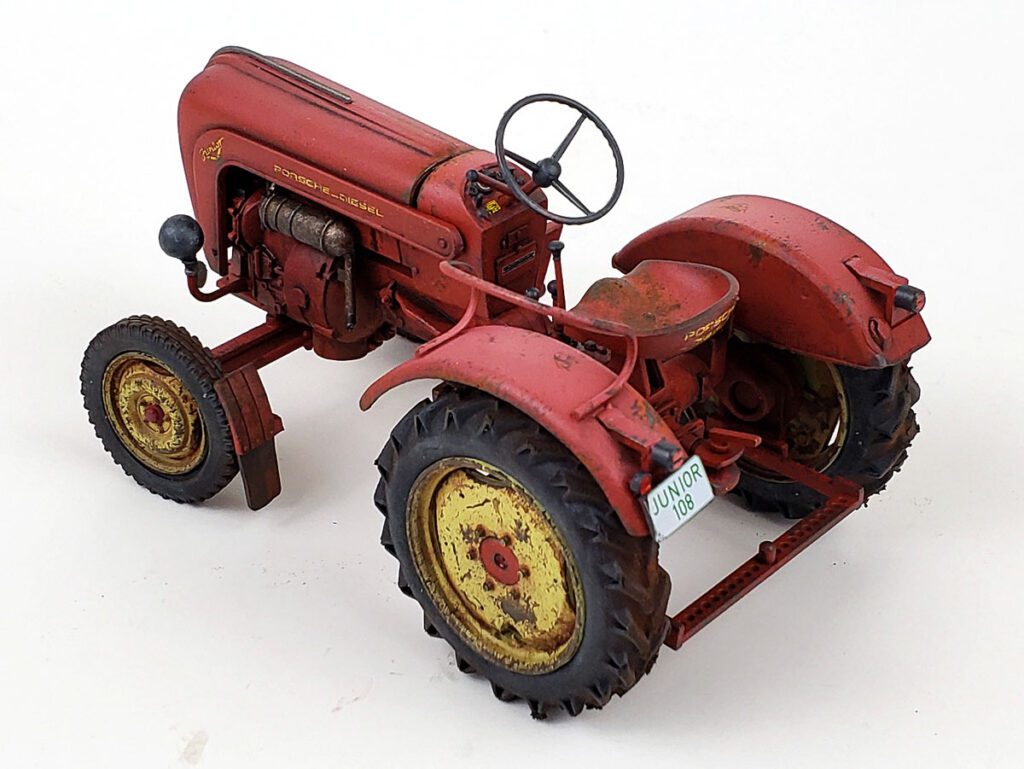
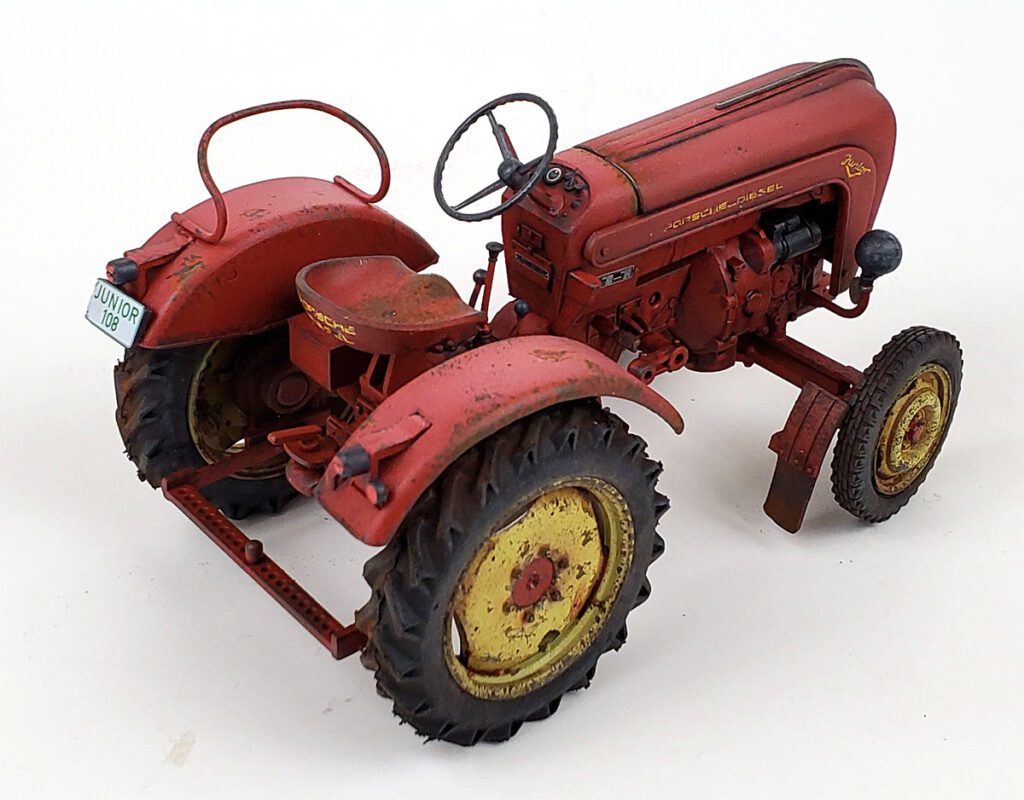
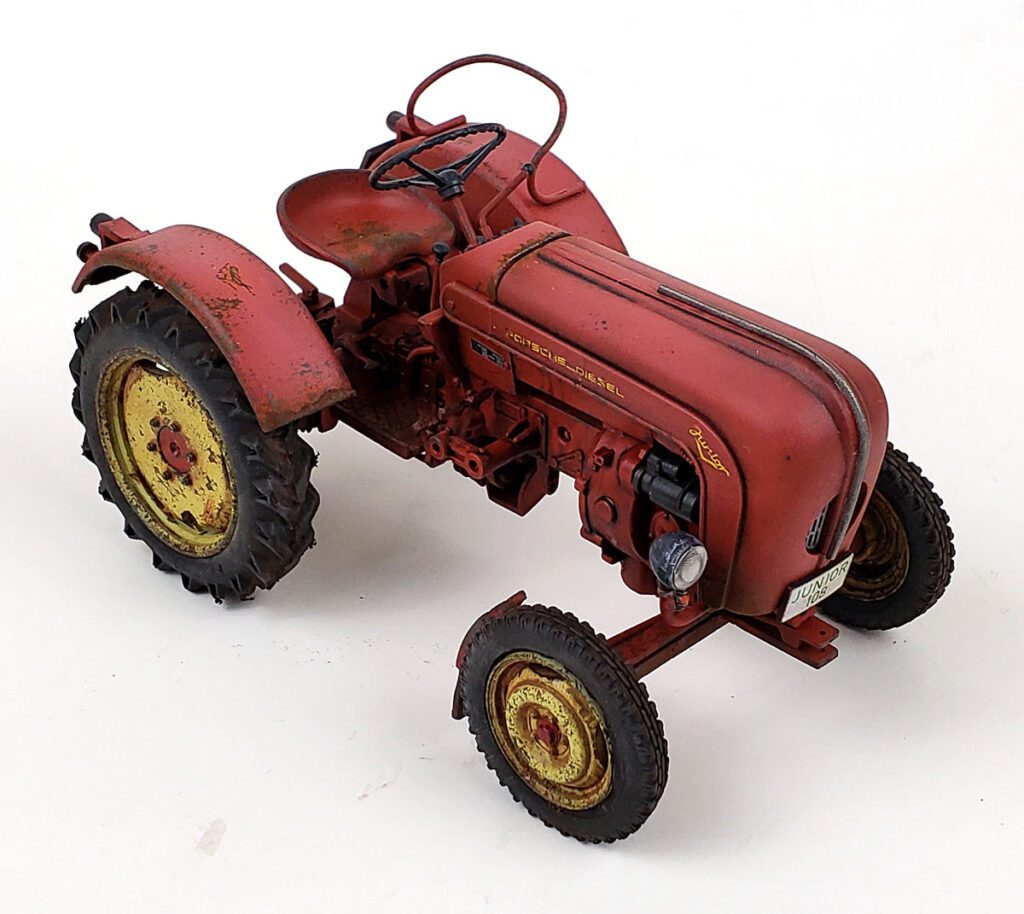

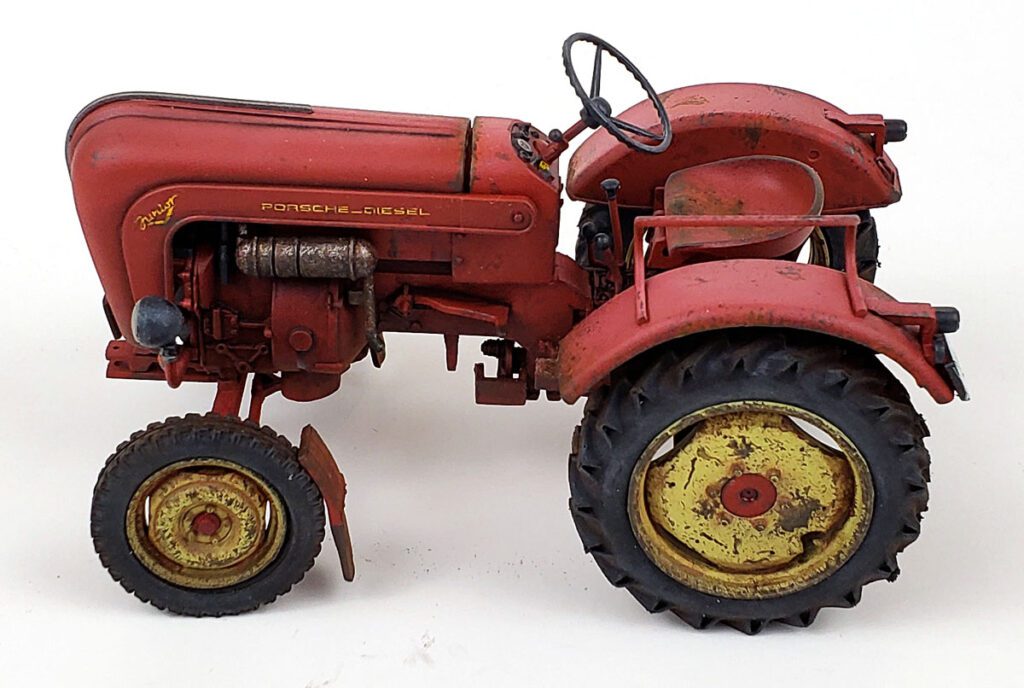
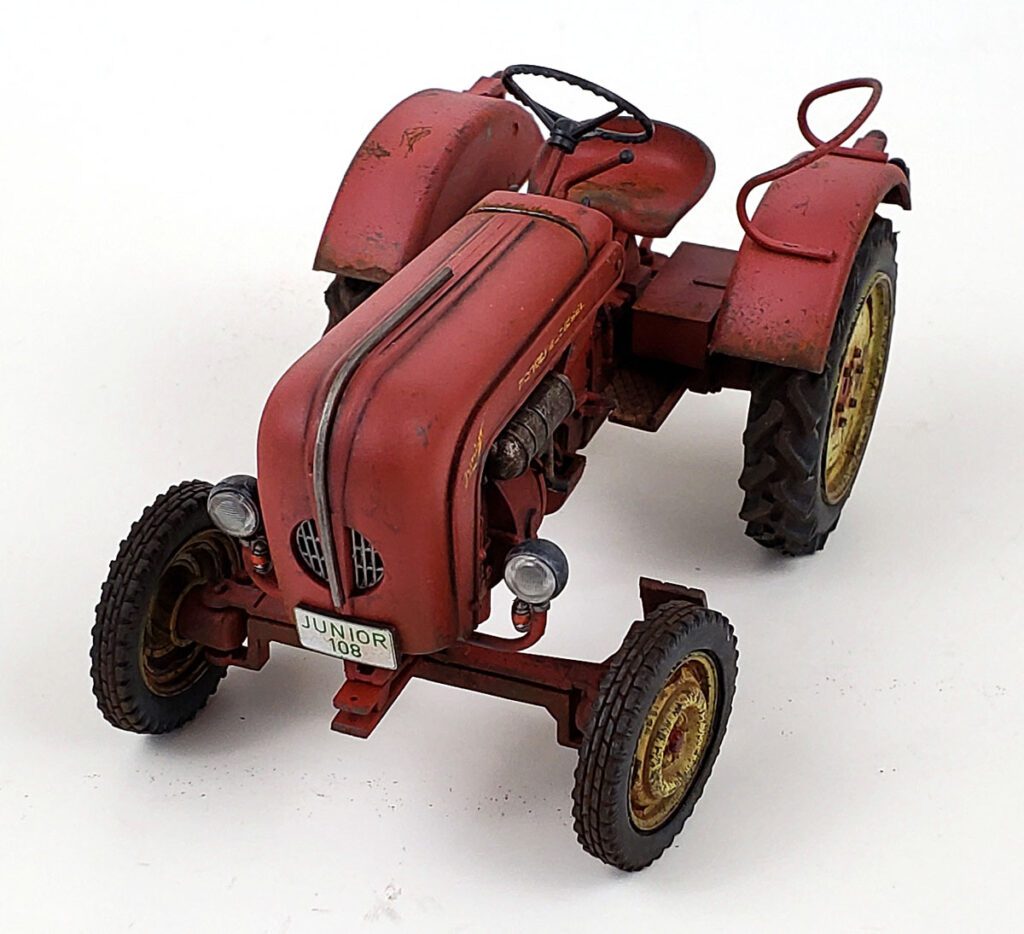
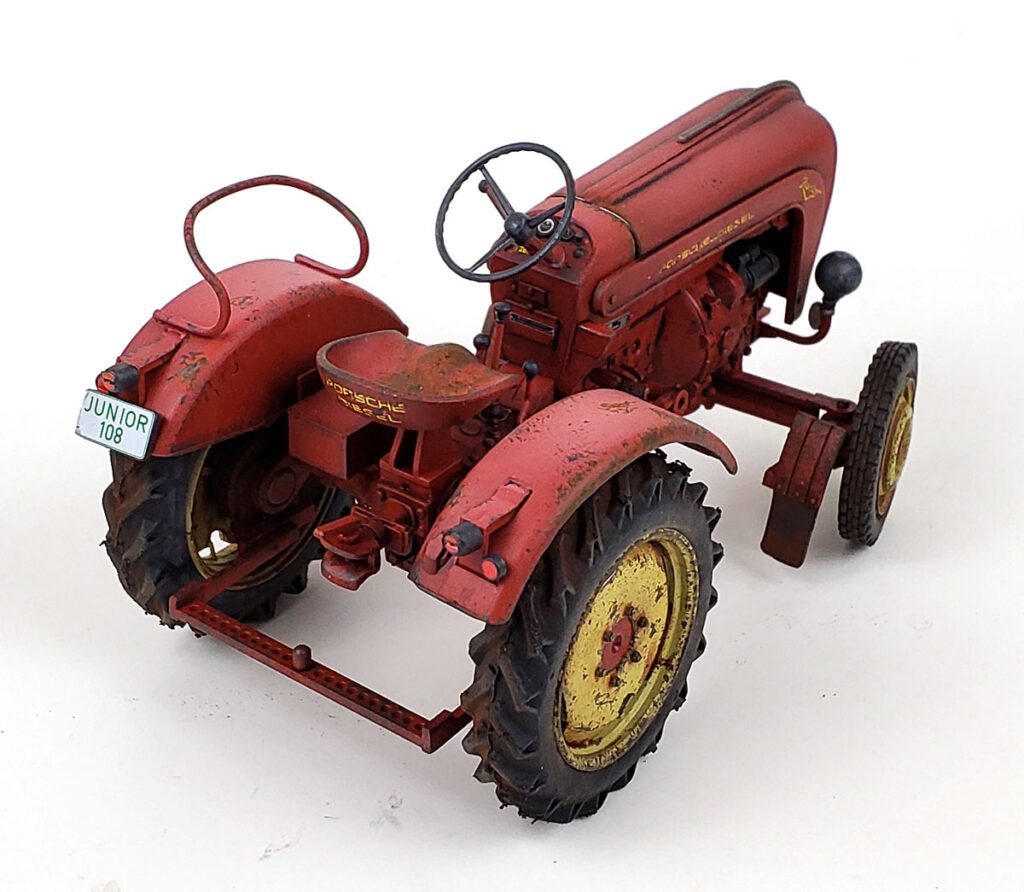

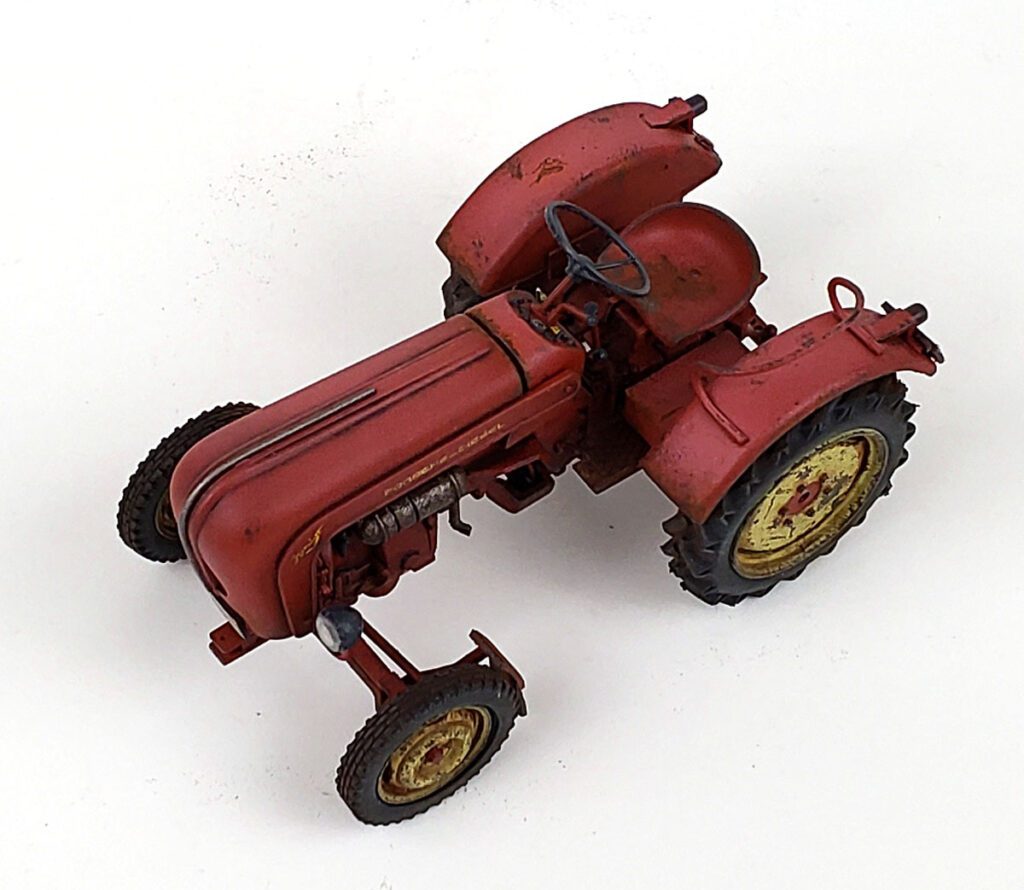
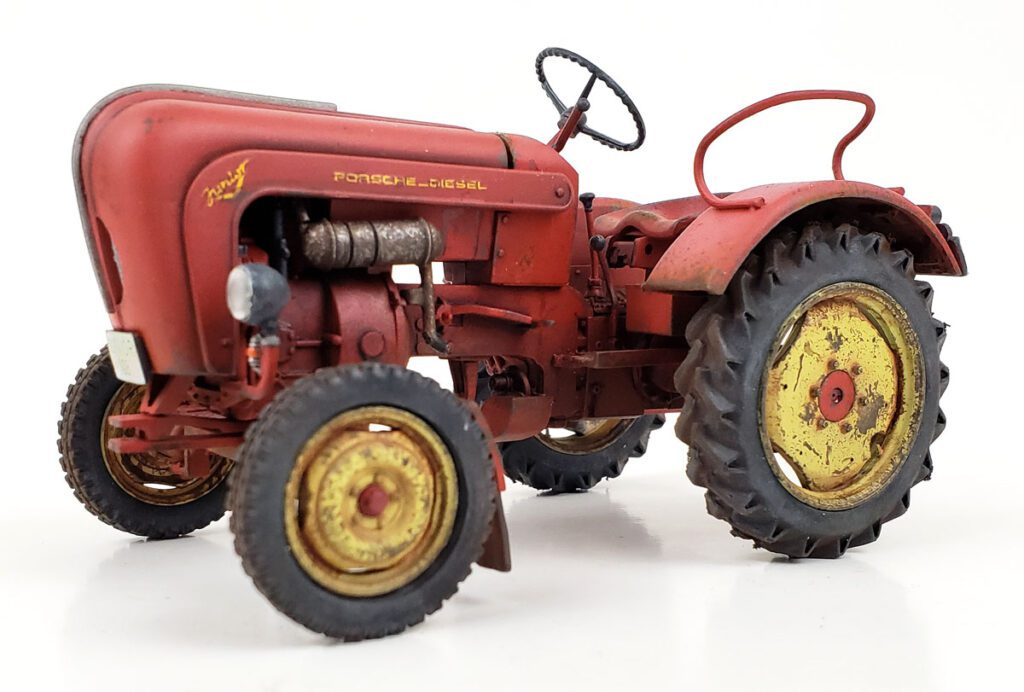
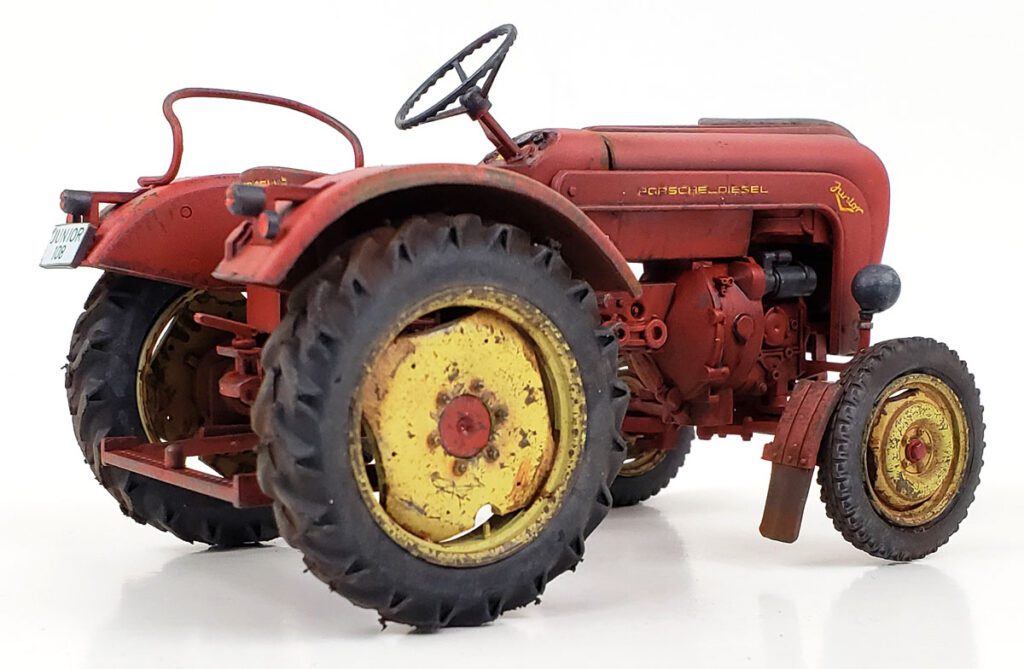
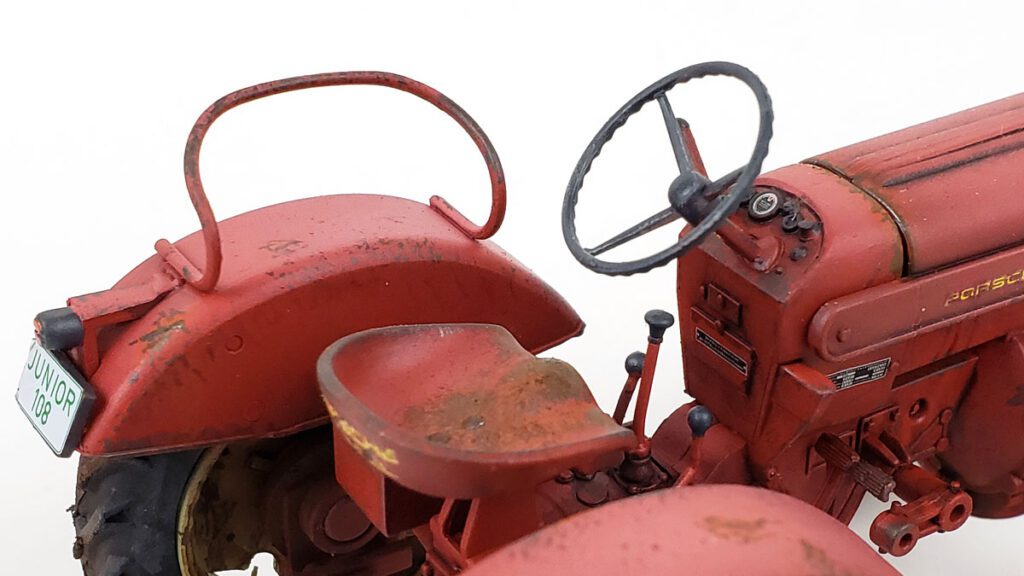
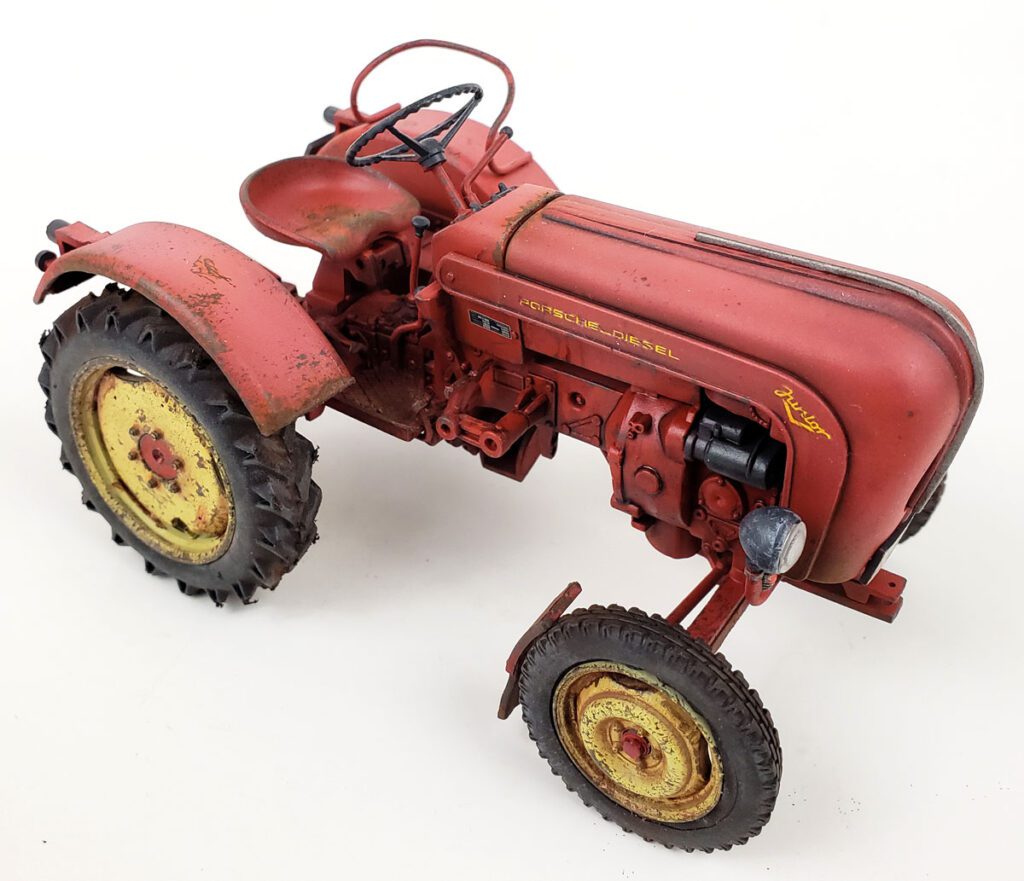
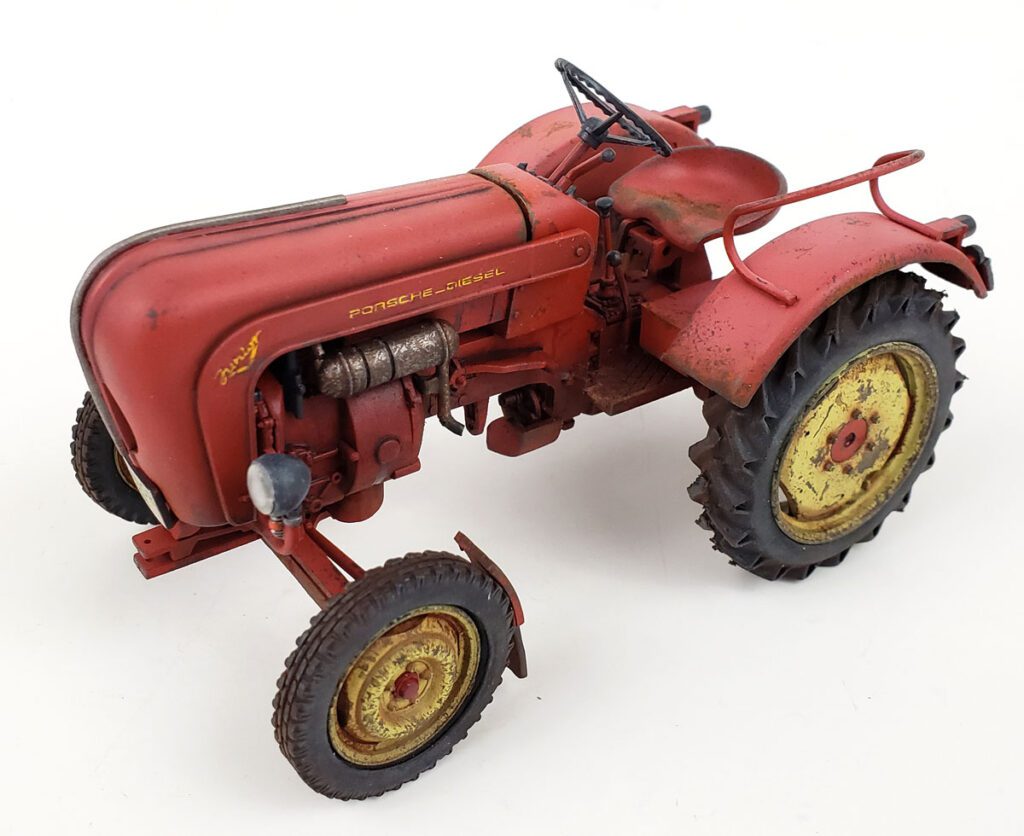
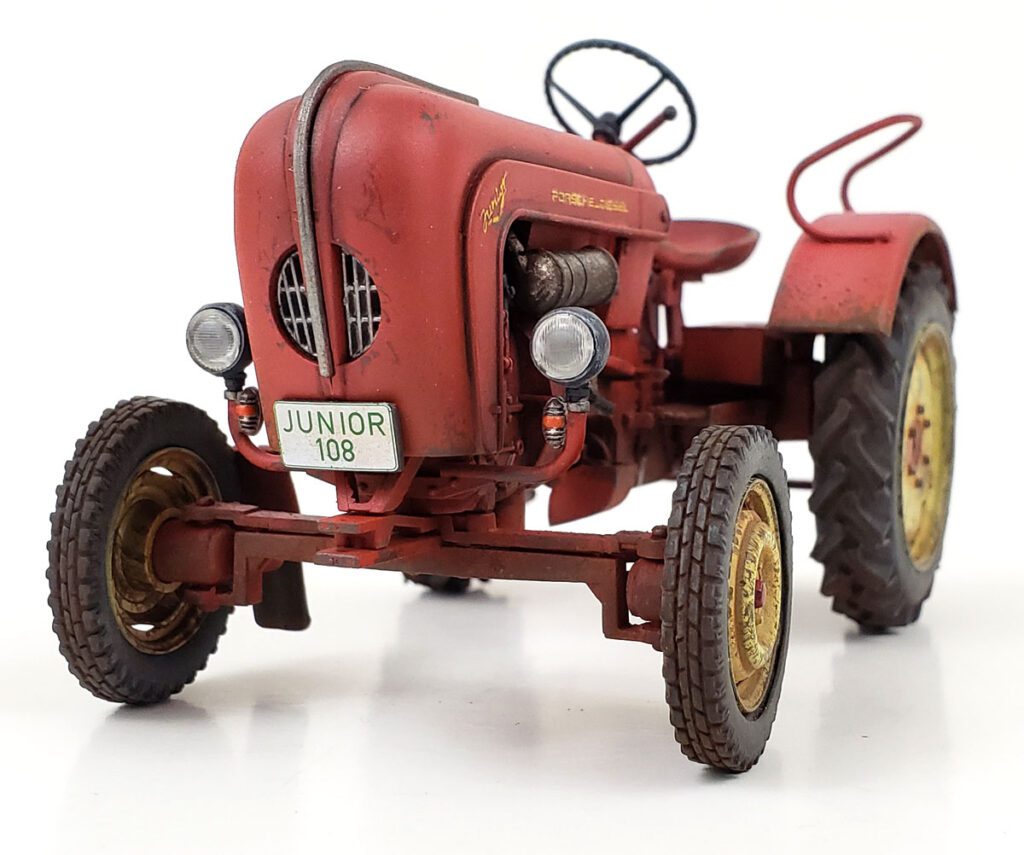
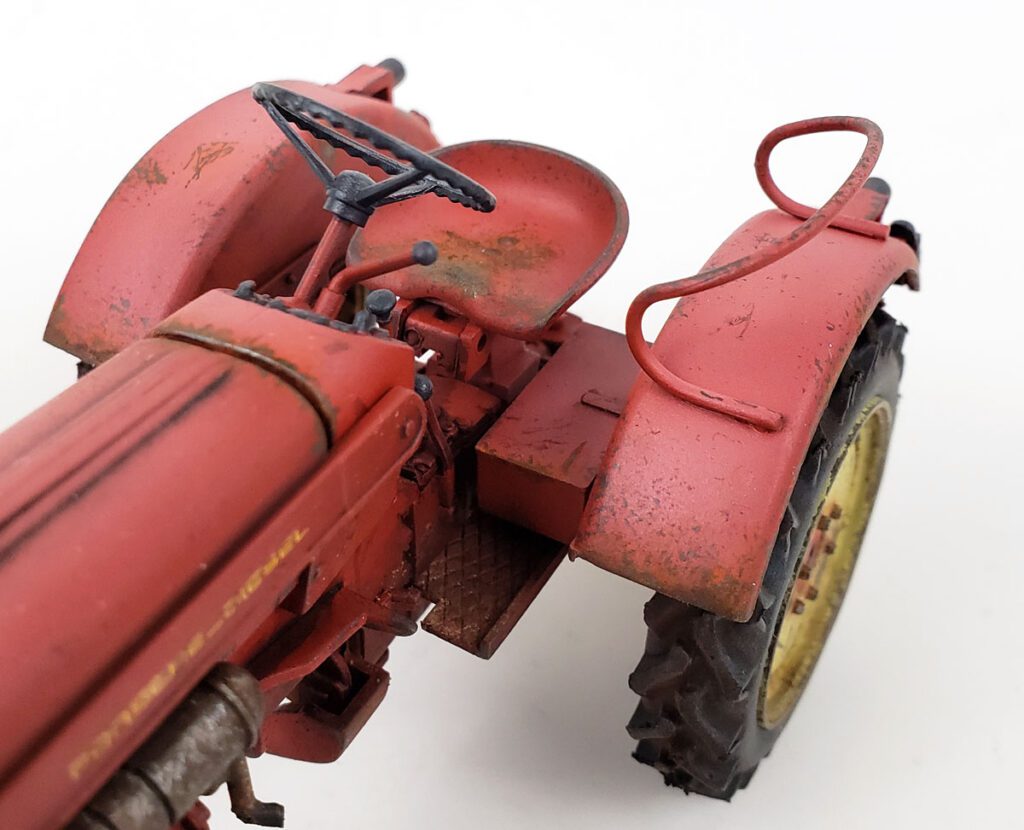
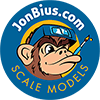

Leave a Reply